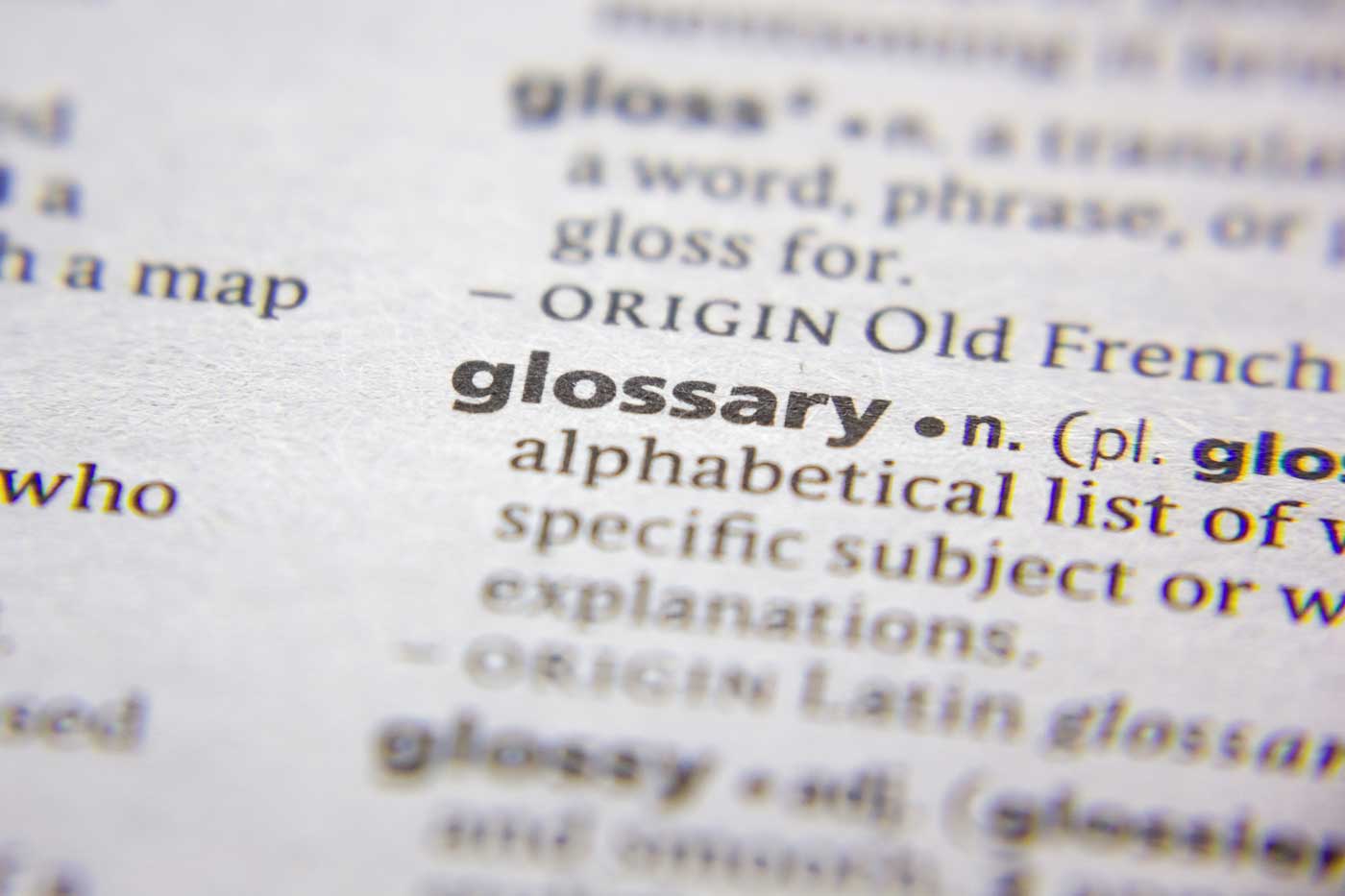
agglomerate
Pigment particles collected into groups forming larger units.
binder
Solid ingredients in paint that hold the pigment particles in suspension and adhere them to the substrate consisting of hydrocolloids (polysaccharides or gums), proteins, vegetable oils, and natural and synthetic resins (e.g., alkyd, damar, mastic, copal, etc.).
bodied oil
A drying oil that has been partially polymerized by heating at elevated temperatures (typically about 260° C [500° F]) with or without driers to thicken the oil and promote rapid drying.
body
A general term for “consistency” or “viscosity,” refers to how “thick” or “thin” paint is in its liquid state.
boiled oil
A drying oil in which metallic salt driers are added during cooking; the reaction releases water, resulting in boiling.
couch
An oily or resinous medium spread thinly onto the surface of the painting before applying fresh paint (referred to as painting into a couch of oil or medium). The excess medium is wiped off by hand or with a cloth.
emulsion
A mixture of two immiscible substances, such as oil and water. One liquid (the dispersed phase) is dispersed in the other (the continuous phase). Examples of emulsions include egg tempera (oil-in-water emulsion) and acrylic paint, dispersed particles of acrylic resin surrounded by a continuous liquid phase of water (resin-in-water emulsion).
flocculation
The process by which dispersed pigment particles come together and either settle out or form a gel.
glazing
Applying transparent or translucent pigments such as sienna, lakes, etc., or paint with a low concentration of opaque pigments on a painted surface to produce blended colors.
gloss
The shininess or reflecting ability of a surface.
hiding power
The opacity of the paint, or its capacity to cover an underlying surface.
hold out
The ability of ground or primer to prevent soaking into the substrate.
isolating varnish
A liquid varnish applied to areas of a picture to protect the paint layer before applying fresh paint or varnish. Also used to reduce the absorbency of the ground to prevent yellowing and colors sinking-in.
leveling
The ability of paint to form a smooth level film. Paint that has good leveling characteristics is usually free of brush marks.
lifting
The softening and penetration of dried paint by the solvent of another paint layer resulting in raising and wrinkling.
luster
Having the appearance of depth; also used as a synonym for gloss.
medium
• In art, the substance the artist uses to create their artwork. For example, Michelangelo used the medium of marble to create his sculpture David.
• An oily or resinous liquid or gel mixed with paint to alter its properties, such as accelerate or delay drying, add thixotropy, thicken or thin consistency and increase transparency.
oiling out
Application of a thin coat of drying oil or medium to an oil painting. This is done after the surface of the oil painting is sufficiently dry so that it can be applied without disturbing it. Excess is wiped off. This saturates the color, restores sunken-in areas of the painting, and helps isolate the color layer from the final varnish.
opacity
The quality of paint to hide the underlying layer completely, not permitting light to pass through or prevent one from seeing through it. The opposite of transparency.
plasticizer
A substance added to impart properties of elongation, elasticity, or flexibility.
polymerization
The interlocking of molecules by chemical reaction to produce very large molecules.
retouch varnish
A liquid varnish (typically a one-pound cut) is applied in thin layers to areas of the painting to make sunken-in or dry passages look wet again, making it easier to match the color of fresh paint with that of dry paint.
sinking-in
• In the technique of applying successive coats of color to a picture, the oil in each superimposed coat can sink into the previous one (especially if the latter is not perfectly dry), resulting in a color that appears dull. Before applying fresh paint, therefore, the artist may spread a thin coat of oil or medium over the colors already laid to match the tone and hue of the fresh color, uniting the new layer with the previous. This is called “oiling out,” and the thin glaze of medium is called a “couch.” Sinking-in of the vehicle should be distinguished from that of the pigment: in the former, the surface becomes dull, and in the latter, it becomes shining from the supernatant oil.
• Sinking-in is also the result of a ground that is too absorbent or unevenly absorbent, draining the paint layer of its vehicle. Using too much thinner with paint, weakening the binder’s capacity to form a film, and exposing pigment particles to the air, can also cause sinking-in.
thixotropy
The property of paint to change viscosity when agitated over time, becoming more fluid or decreasing viscosity but thickening when left undisturbed. Paint that exhibits the opposite property, in which agitating for a time causes thickening or increased viscosity, is called “rheopectic” or “dilatant.” Thixotropic generally infers a heavy-bodied paint.
tinting strength
The coloring power of a given quantity of paint or pigment.
transparency
The quality of paint that admits light to pass through it so that the underlying surface may be seen through it. The opposite of opacity.
varnish
Any homogeneous transparent or translucent liquid, which, when applied as a thin film, dries on exposure to air to a hard film providing a protective coating.
vehicle
The portion of paint that includes the liquids and the binder. The vehicle and the pigment are the two basic components of paint.
velatura
noun In the fine arts, the art or process of glazing a picture by rubbing on a thin covering of color with the hand. It was a device much practiced by early Italian painters.






